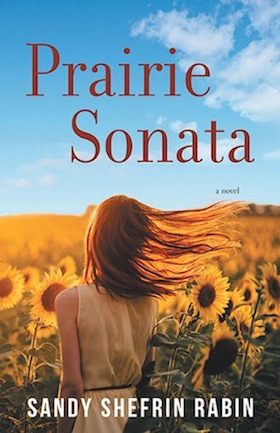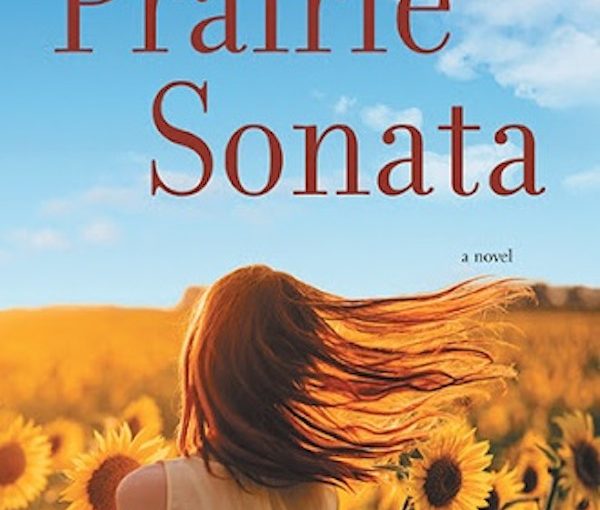Sandy Shefrin Rabin’s debut novel is a far-reaching account of Jewish life in a small town in the late 1940s and early 1950s. Targeted to young adult readers, Prairie Sonata may focus on 11-year-old Mira’s friendship with her school (and violin) teacher, a Holocaust survivor, but it touches upon countless issues, from dealing with trauma, to preserving a language and a culture (Yiddish), to understanding different musical forms, to interfaith dating, to society’s views of mental illness, to learning about the impacts of physical disease (polio).
 Set in the fictional town of Ambrosia, Man., an adult Mira reflects back on the impact that one of her teachers – Ari Bergman, called Chaver B by his students – had on her.
Set in the fictional town of Ambrosia, Man., an adult Mira reflects back on the impact that one of her teachers – Ari Bergman, called Chaver B by his students – had on her.
Chaver B is introduced to his Peretz School Yiddish class by the principal, who only shares, “Chaver Bergman has been living in Europe and just came over to Canada two weeks ago.” But Mira sees his vulnerability right away, the “melancholy about him,” and senses “that this was a man who needed kindness.”
Invited to Friday night dinner by Mira’s mother, Chaver B spots Mira’s violin and offers to teach her. He becomes a friend to the whole family – Mira’s parents and younger brother – but especially to Mira.
The novel is structured in three parts, like a sonata. As Chaver B explains to Mira, a sonata is comprised of an exposition, in which its themes are declared; a development, where the themes are explored and expanded; and a recapitulation, where the themes are repeated, leading to a resolution. In some cases, a coda is added, “to provide a sense of closure.”
Overall, Prairie Sonata is an intriguing novel, and even older readers will enjoy it, especially those who attended a Peretz School or who grew up in the era of the book. At times, when a character is explaining something, it sounds a bit like a Wikipedia entry, but the writing is strong overall and readers will relate to and empathize with the characters. In addition to all of the questions Mira raises throughout, there is a discussion and study guide at the end, with 17 thoughtful exercises for a school group or book club.

